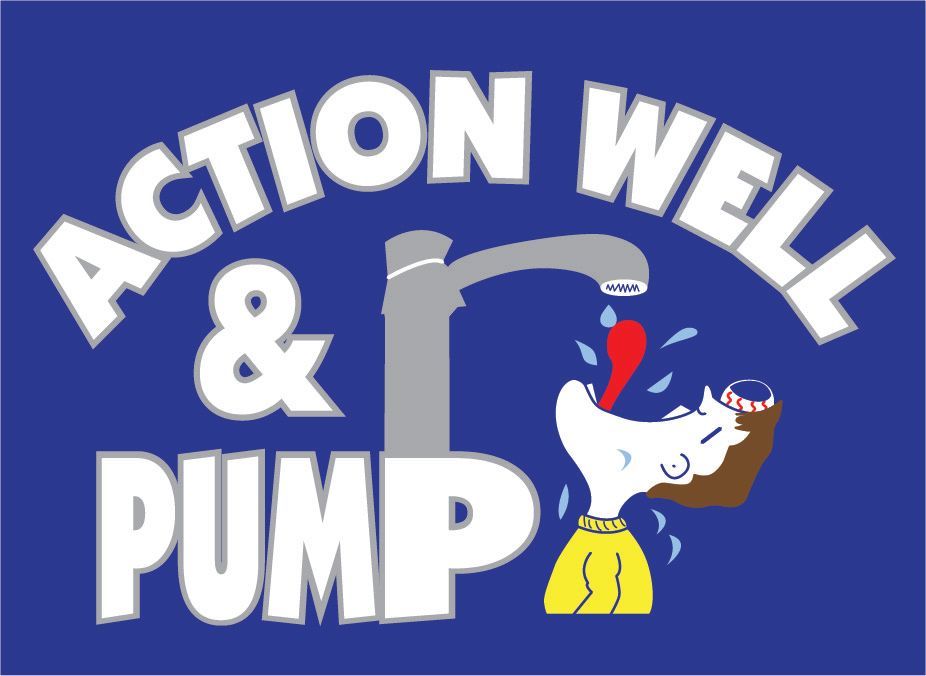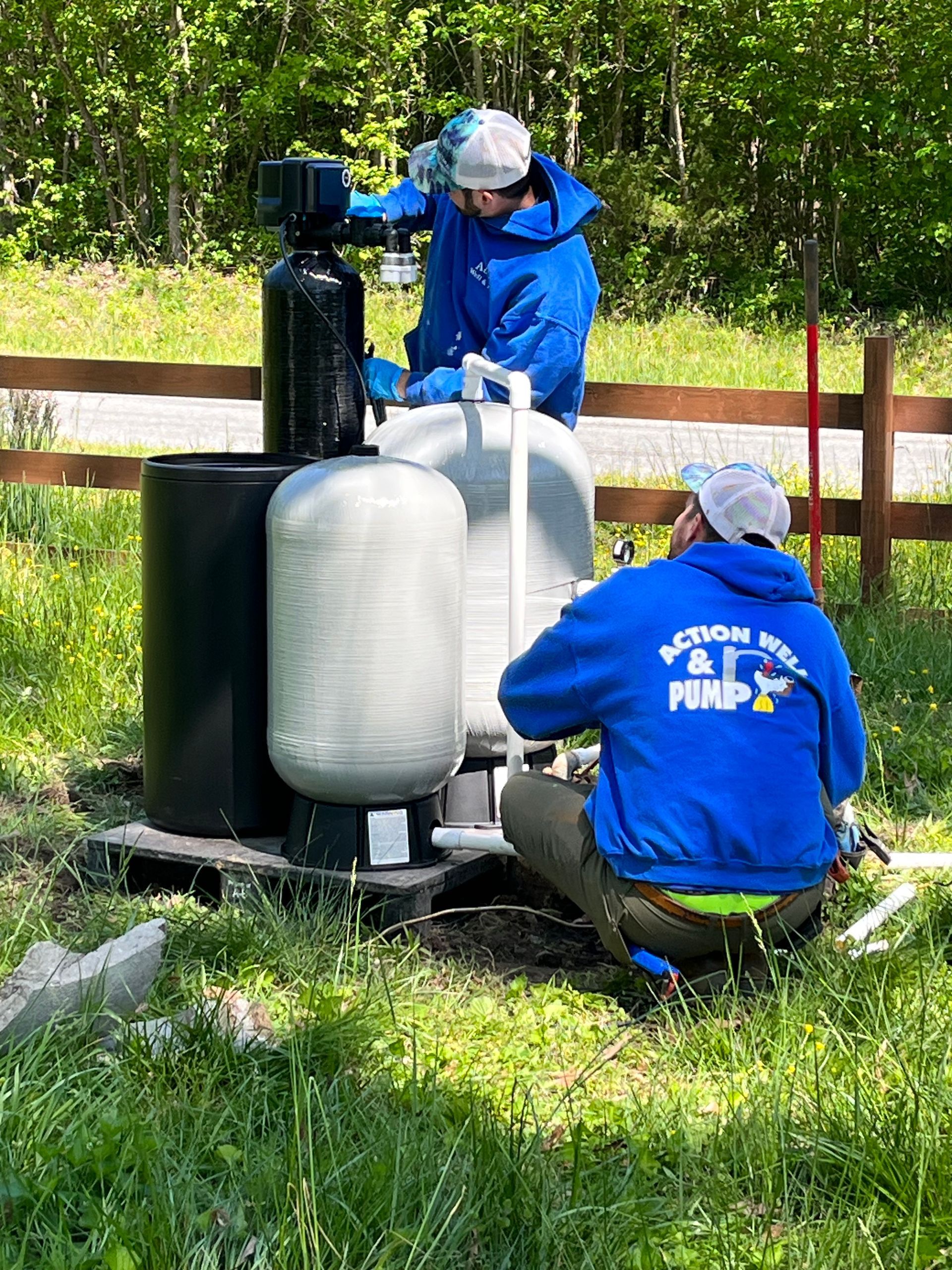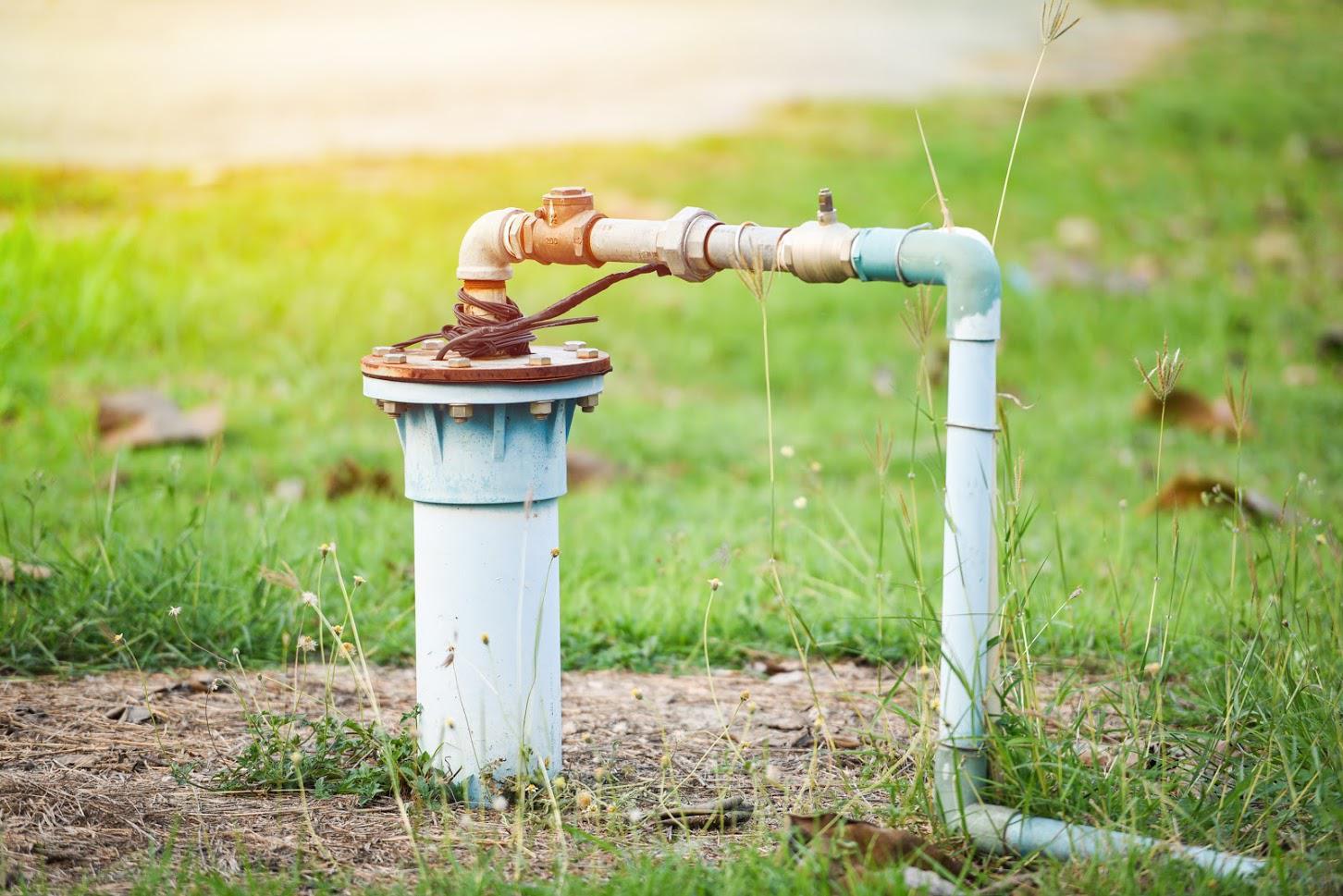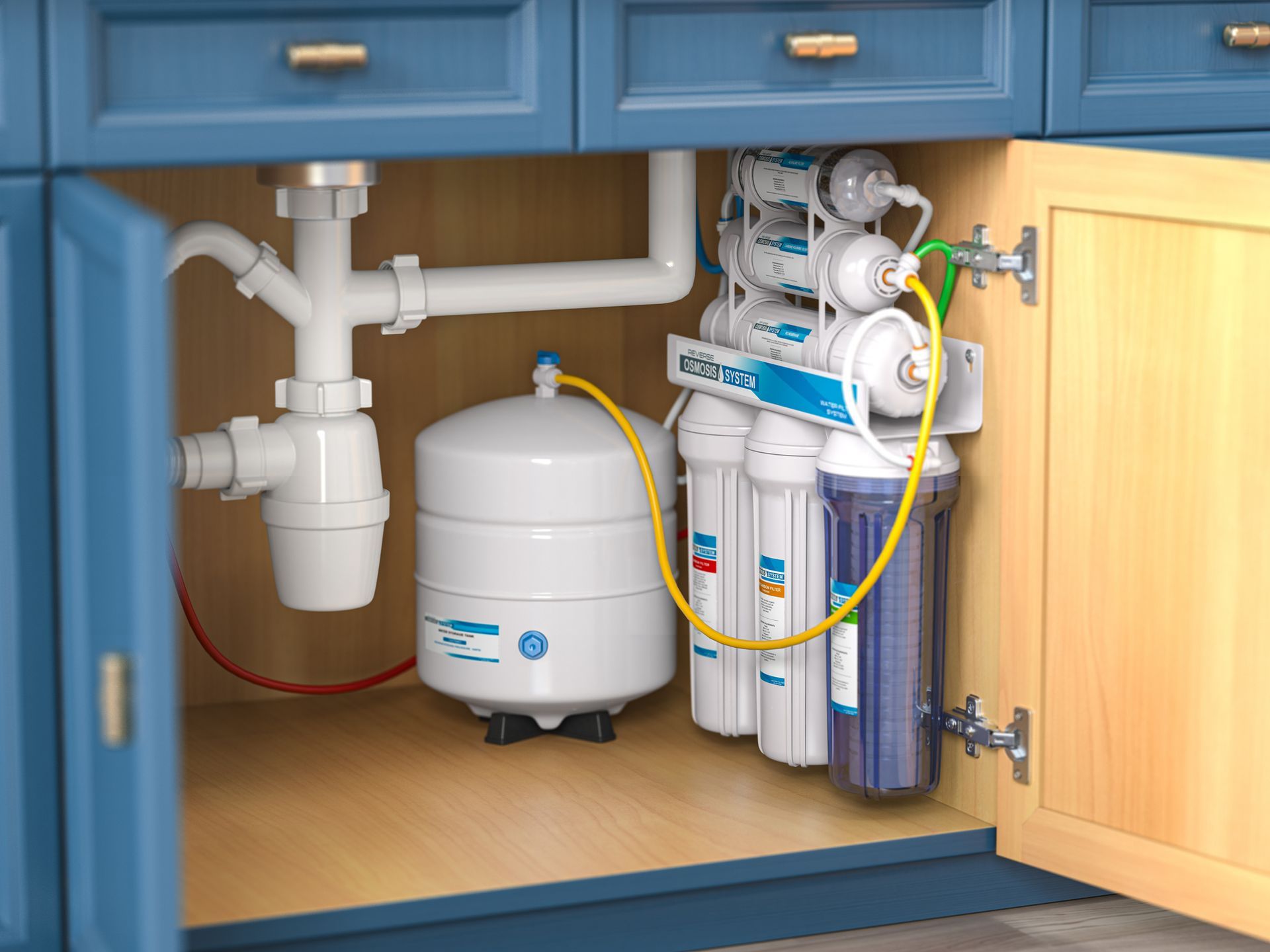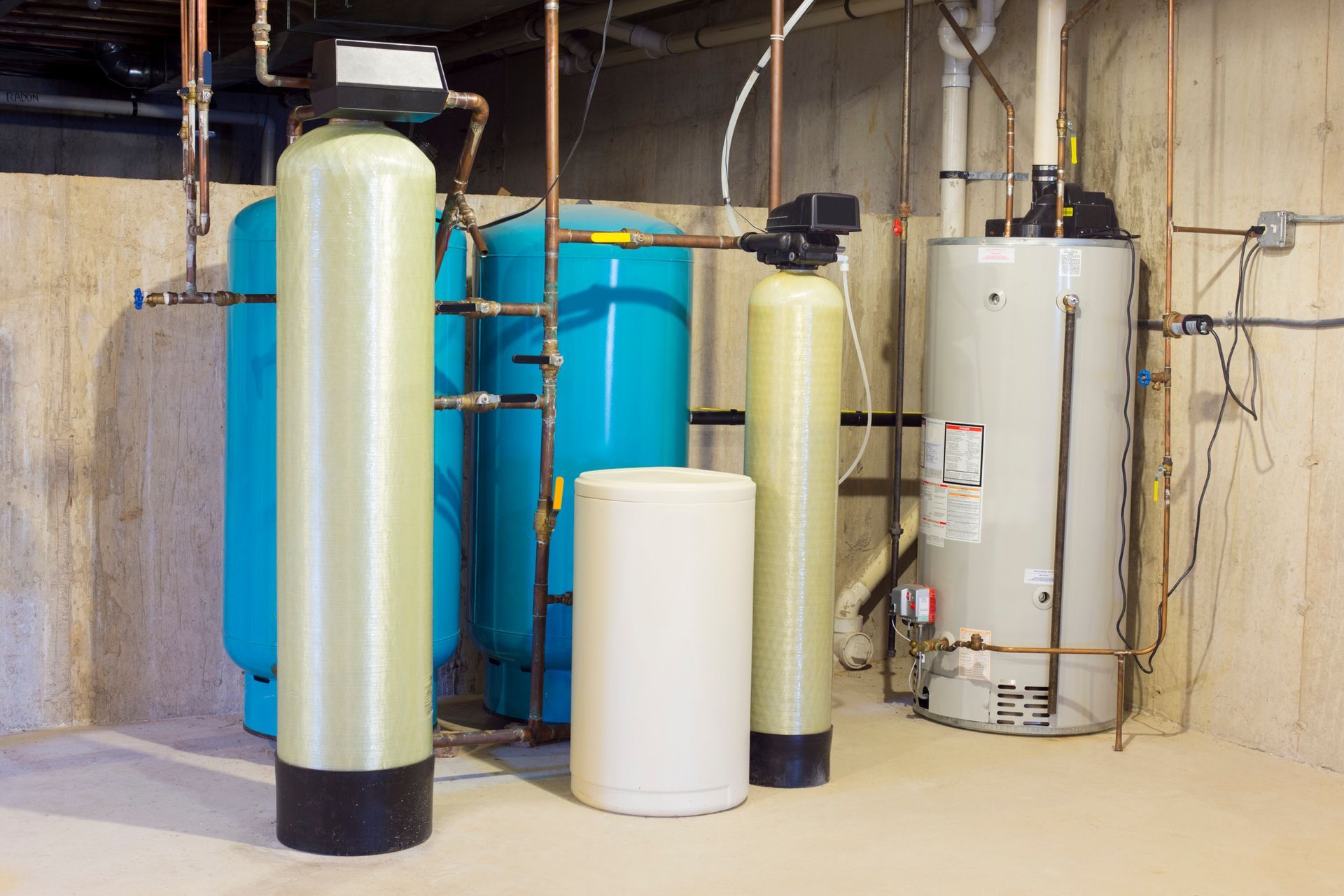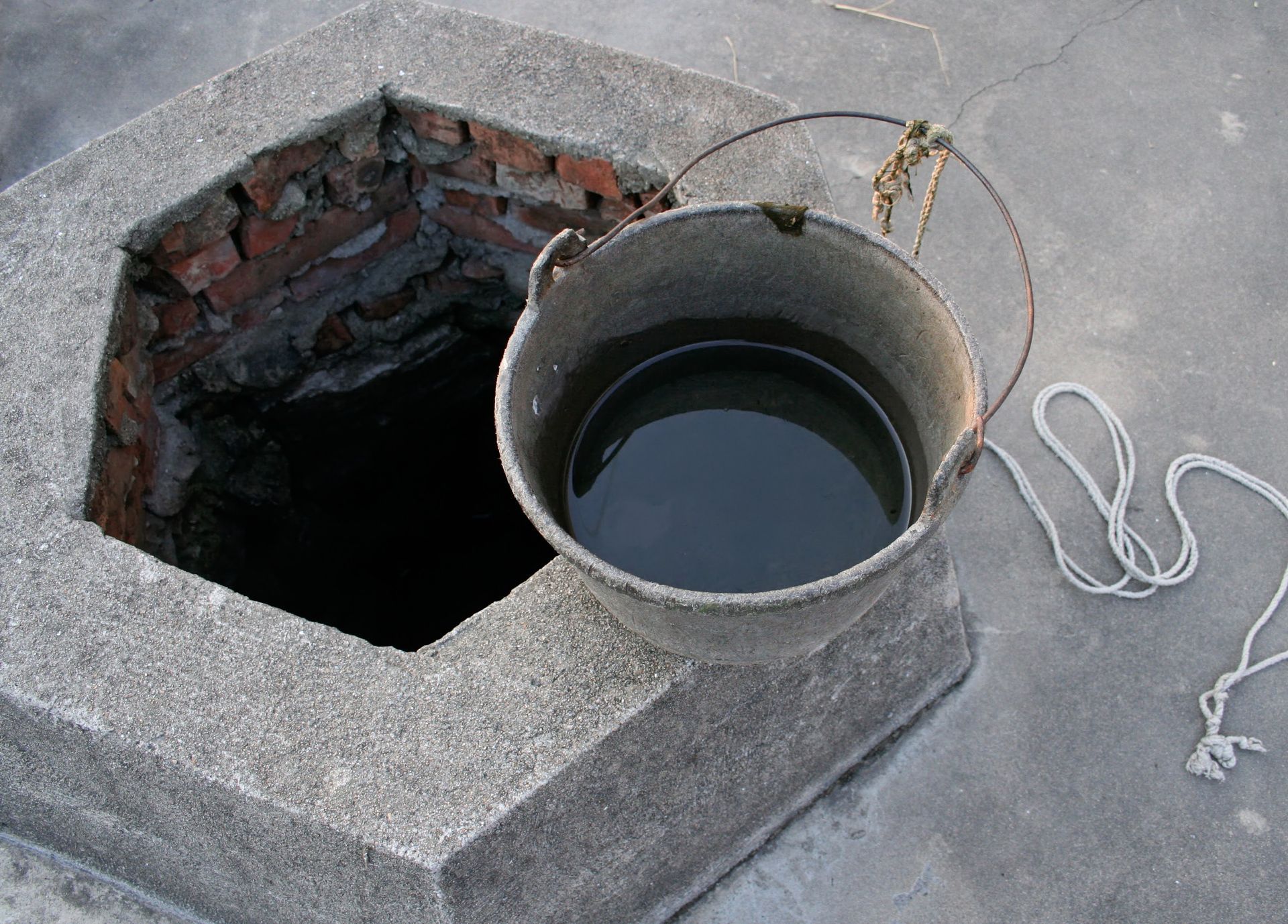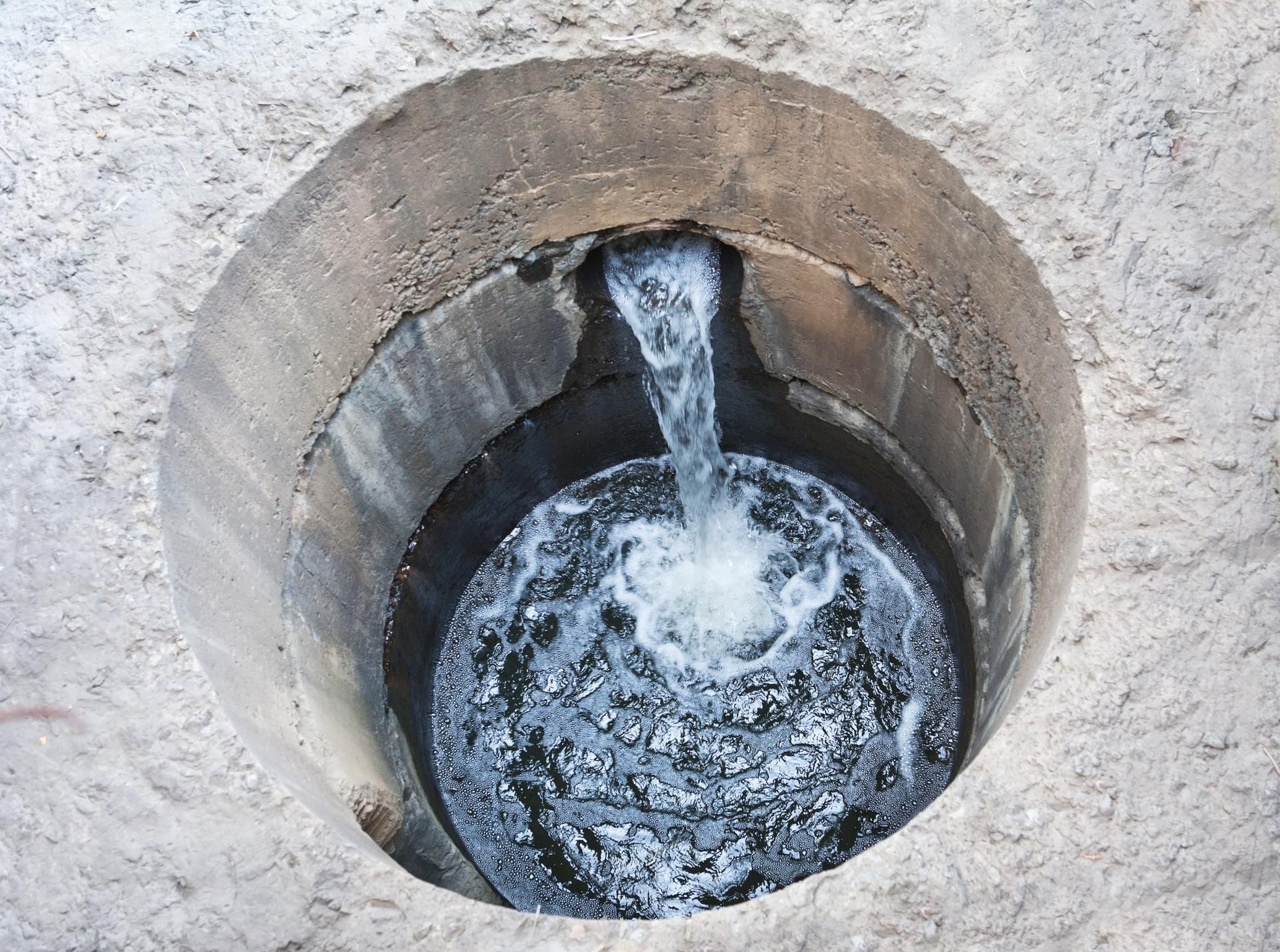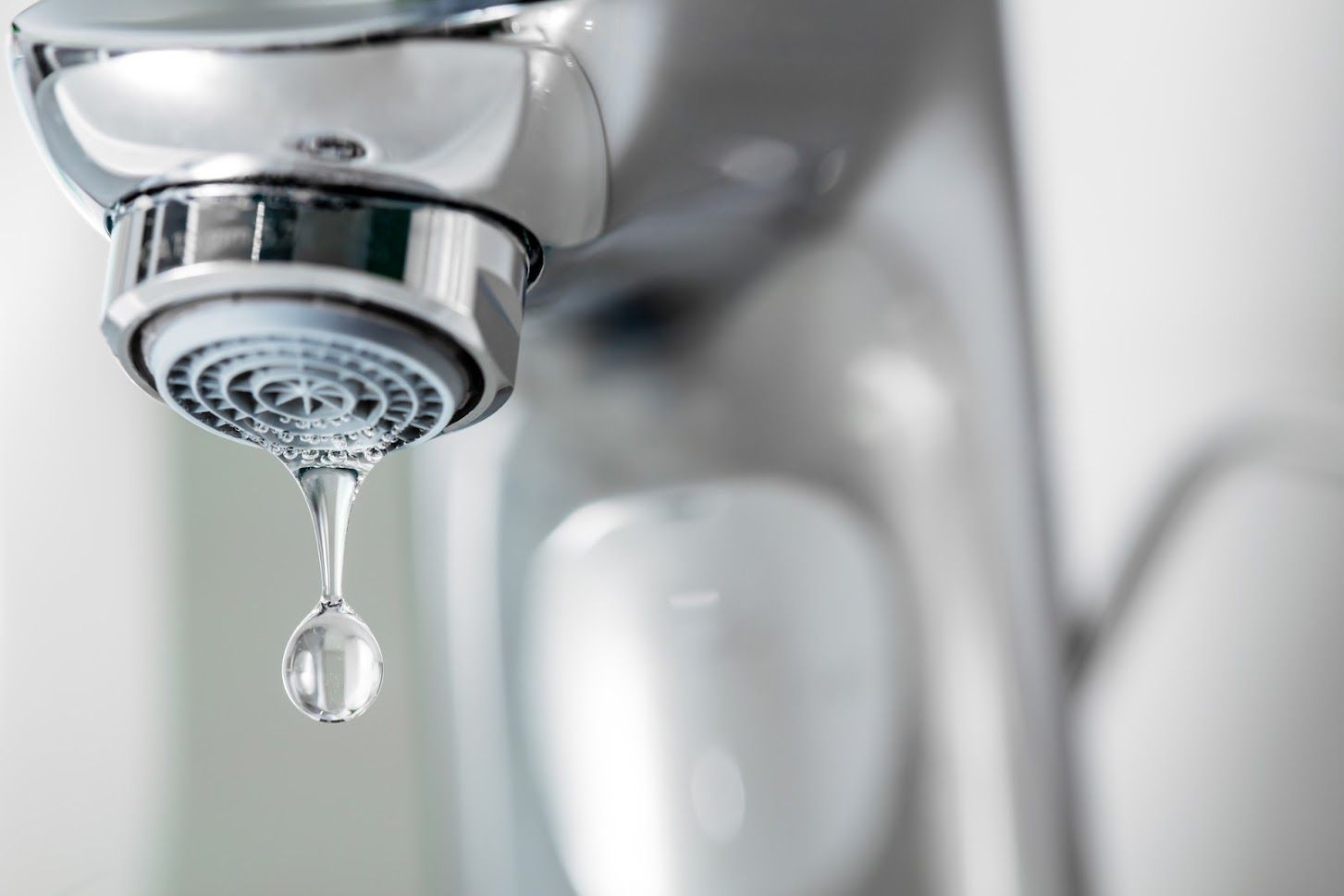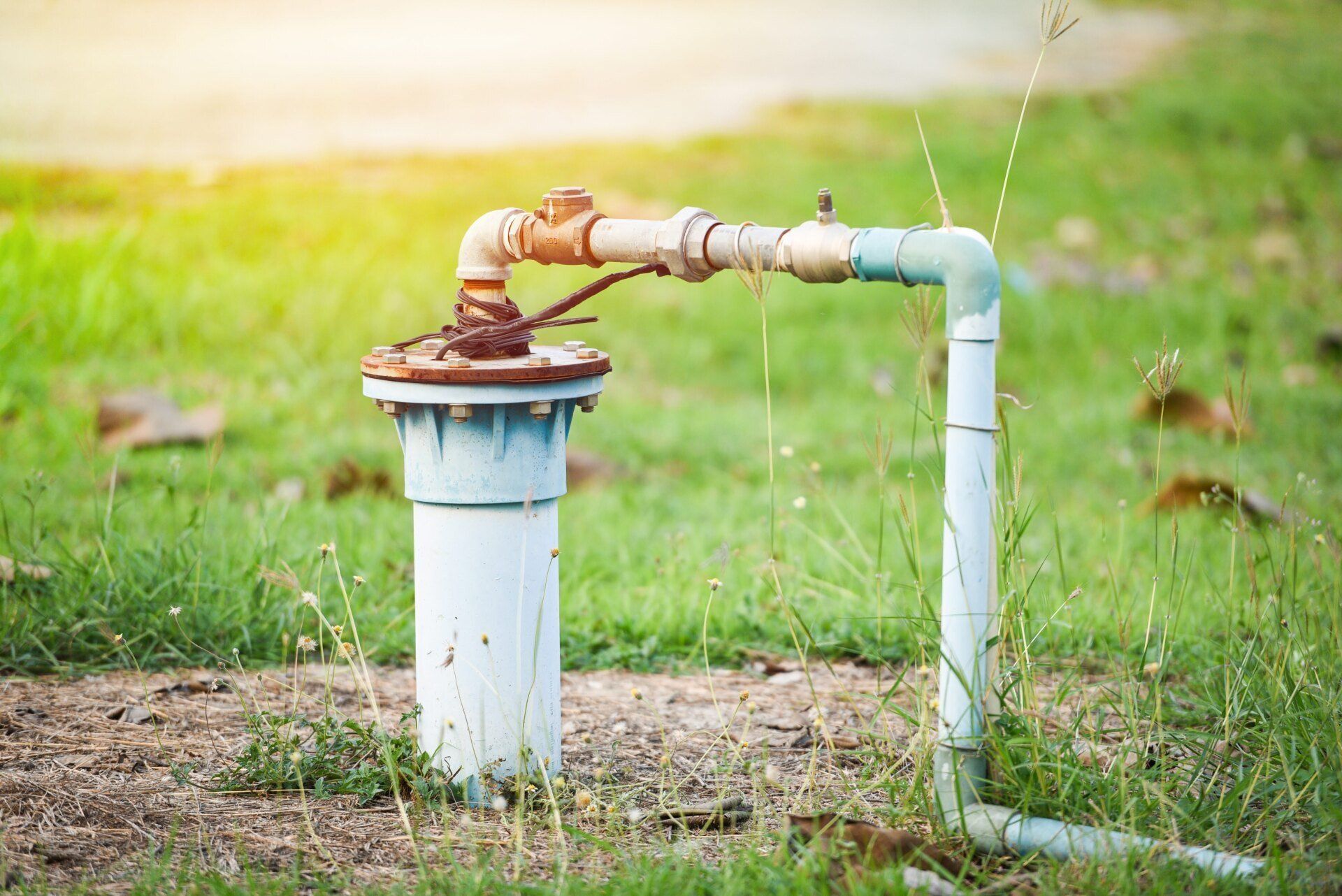A Homeowner's Guide to Well Water Sediment
Sand or sediment in your well water is more than an inconvenience. Sediment can clog well pumps, fill well tanks, and even clog your home's plumbing. Learn the signs of a well sediment problem so you can address issues before real damage occurs.
Signs of Sediment Issues
Sediment issues are sometimes obvious, but not always. You may have sedimentation problems in the water even if the well isn't bringing up buckets of sand.
Visual Symptoms
Visual symptoms of a well contaminated with sediment can be quite subtle. In severe cases, the pump may bring up substantial amounts of sand, leaving no doubt that there is a sediment issue. In other cases, the sediment can be diluted into the water. In this case, the water may seem cloudy when fresh from the tap. If you leave a glass of water to set, the sediment may sometimes collect at the bottom.
Testing Protocols
Unless you are bringing up obvious sand and dirt, testing is necessary to verify sedimentation problems. A well service can test for contaminants like bacteria, as well as for minerals and sediment like manganese, silica, and iron. If the water has an off flavor or off color, tests for tannins and turbidity may also be necessary. At a minimum, your well should be tested every three years or if you suspect a problem like sedimentation.
Common Causes
Sand in the well can usually be traced to one of two causes -- problems with the pump or issues with the screen that lines the well. Fortunately, both types of issues can be repaired if addressed promptly.
Pump Placement and Sizing
Sediment sinks to the bottom of a well, which is not the place where you want the pump. If the submersible pump is placed too near the well bottom, it may bring up quite a bit of the sediment that tends to settle.
An oversized pump can also be the issue. If the pump is working too hard for the well size, it may cause too much water movement in the lower areas of the well. This will stir up the sediment so that it is sucked up
Well Screen Problems
The well screen acts like a filter. Water can seep through, but sediment should be filtered out. Not all wells have screens, though, and sometimes the issue is a breach in the well casing. If there are any issues with the well casing that are leading to sediment seepage into the tank, then they must be repaired.
Possible Solutions
Every well is unique, which means that you need to work with a well service to determine the best solution for your circumstances. Generally, these are the types of repairs that are available for well sedimentation.
Inspection and Adjustment
Often all your well needs is either a new pump or a location adjustment of the current pump. A location adjustment is the simplest, since your well tech can simply raise the pump in the well and solve the problem.
If your well technician determines that pump size is the issue, then a new smaller pump is the solution. A submersible pump can last 25 years, so you want to make sure it's the right one.
Well Repairs
A prompt repair is necessary in order to save the well If sand is actually leaking through the casing. The installation of new well screen can solve the issue, whether the problem is with the old screen or if your well casing itself has a breach. Although more involved than a pump adjustment or replacement, the installation of a new screen is still less expensive and time consuming than a new well.
ContactAction Well & Pump Repair for more help with any well issues that you encounter.
